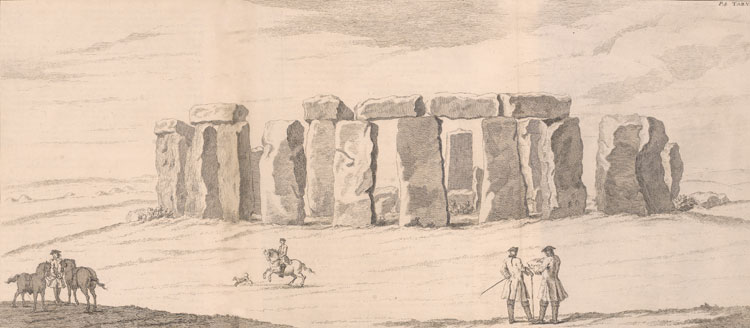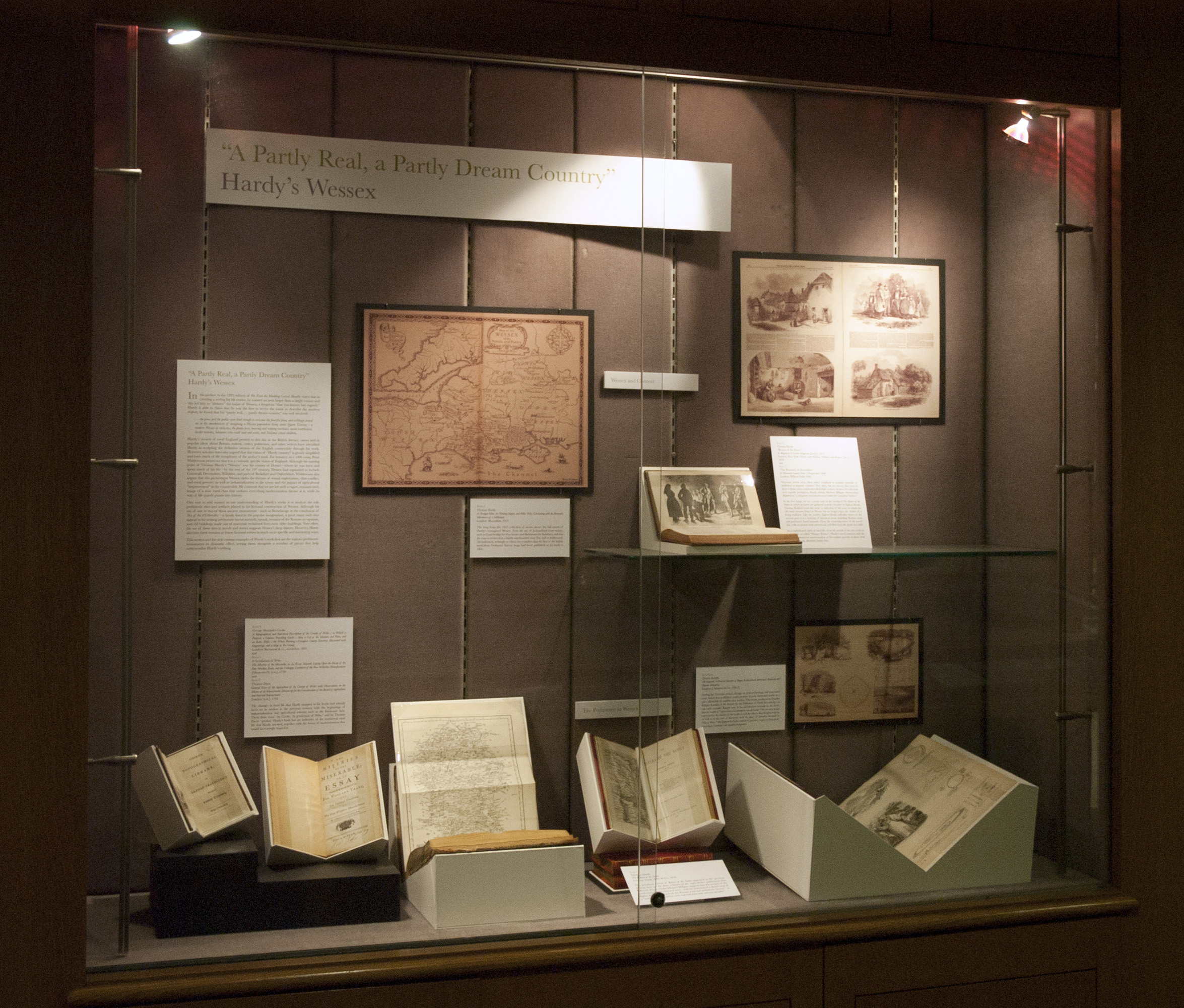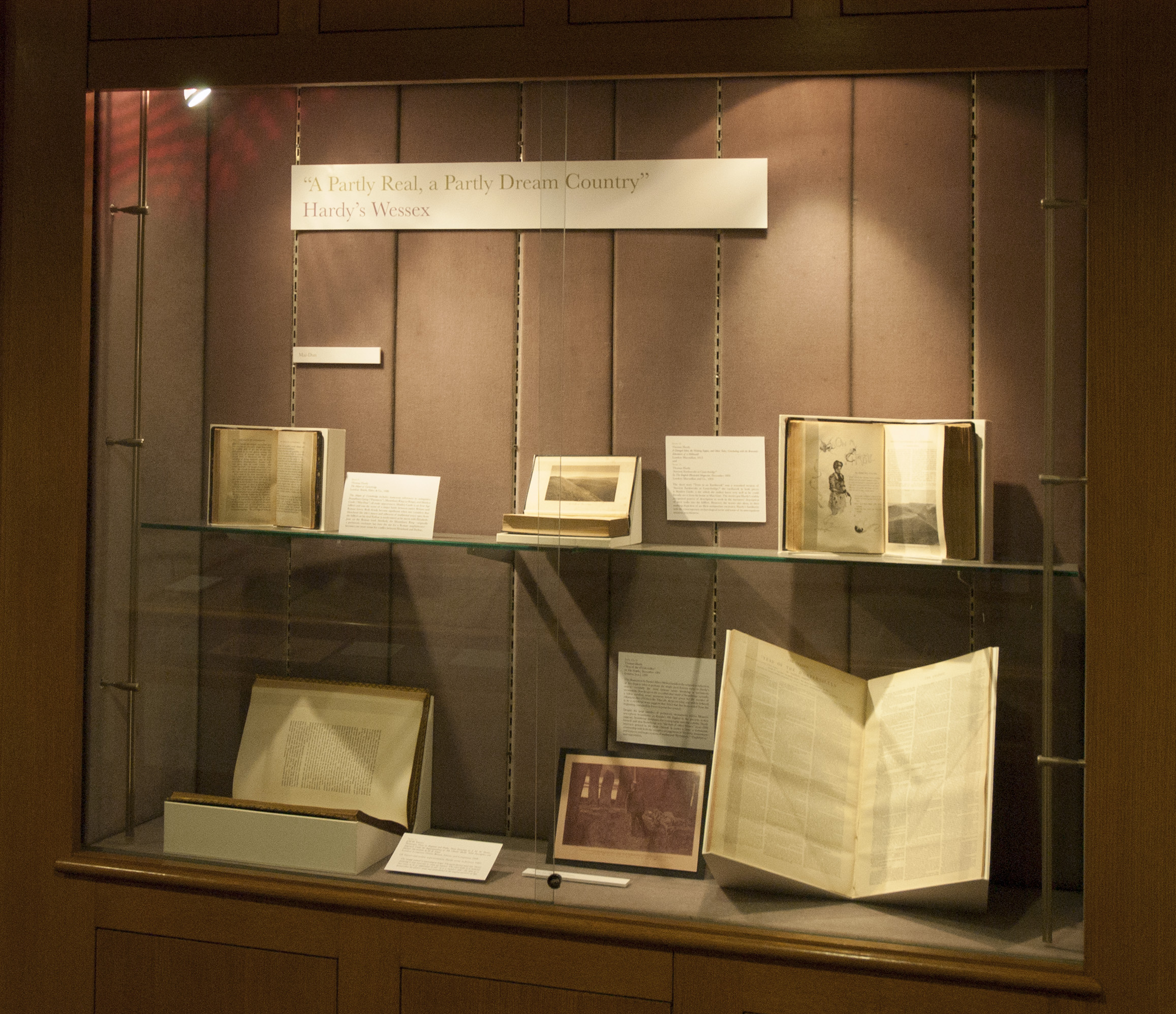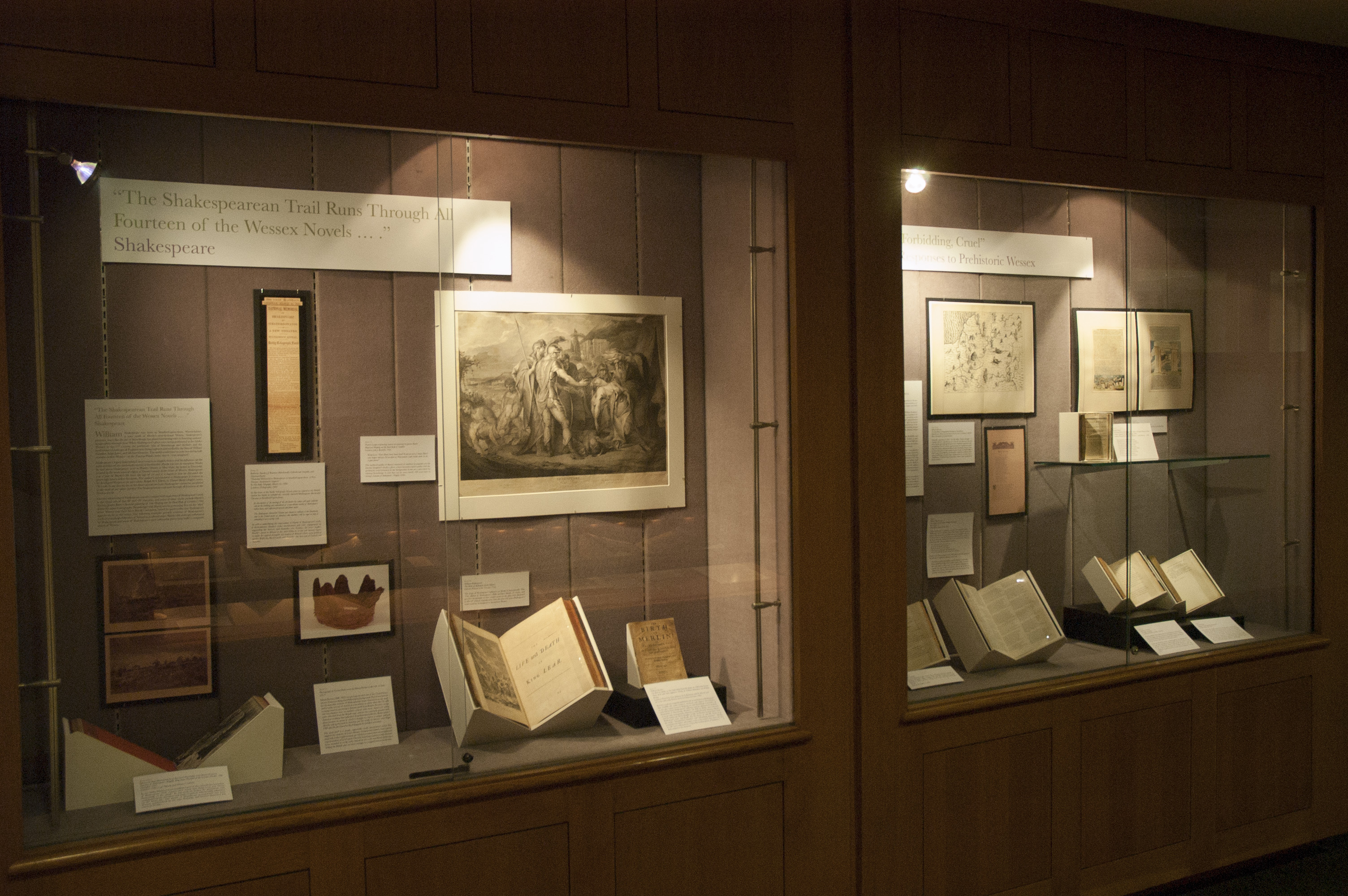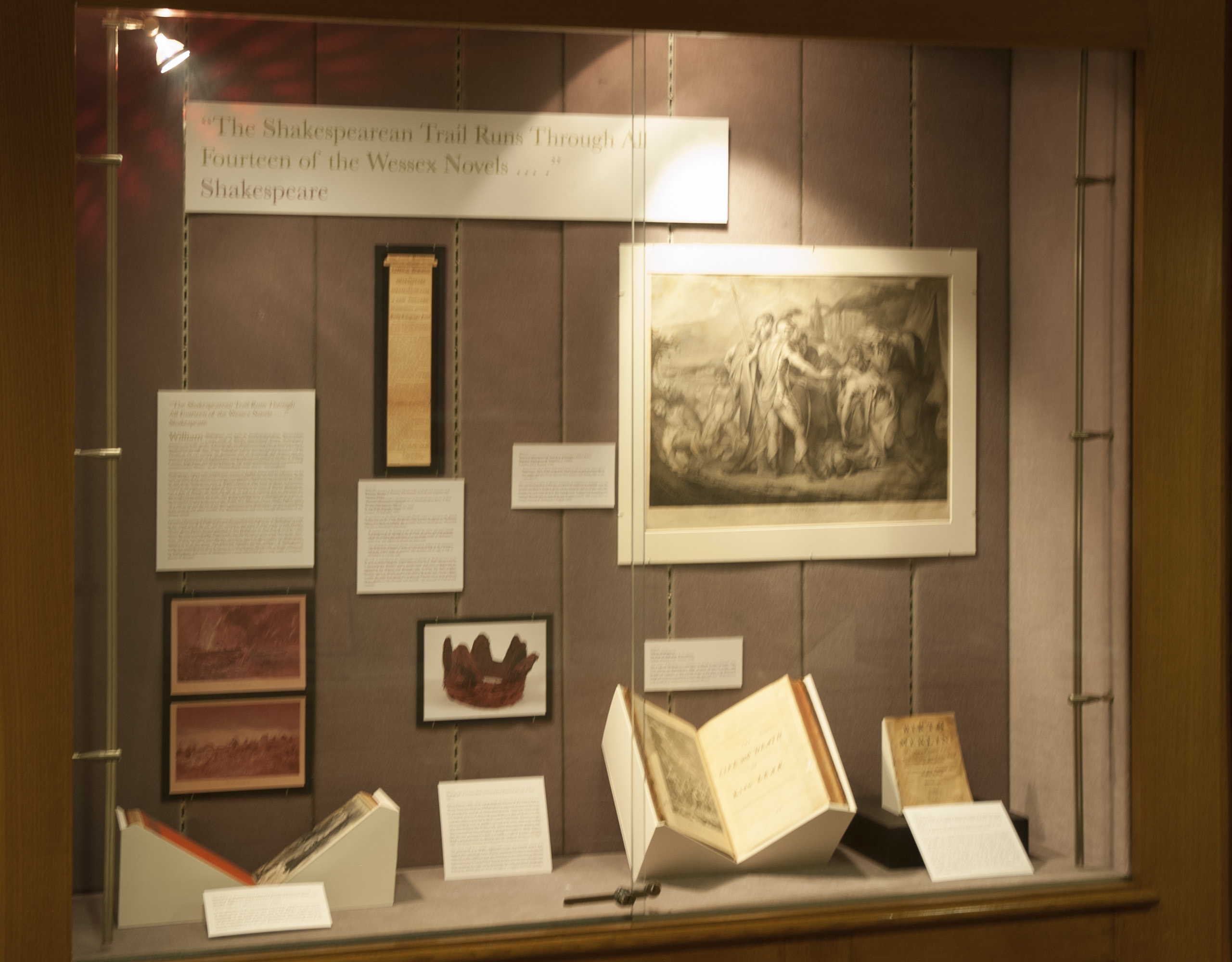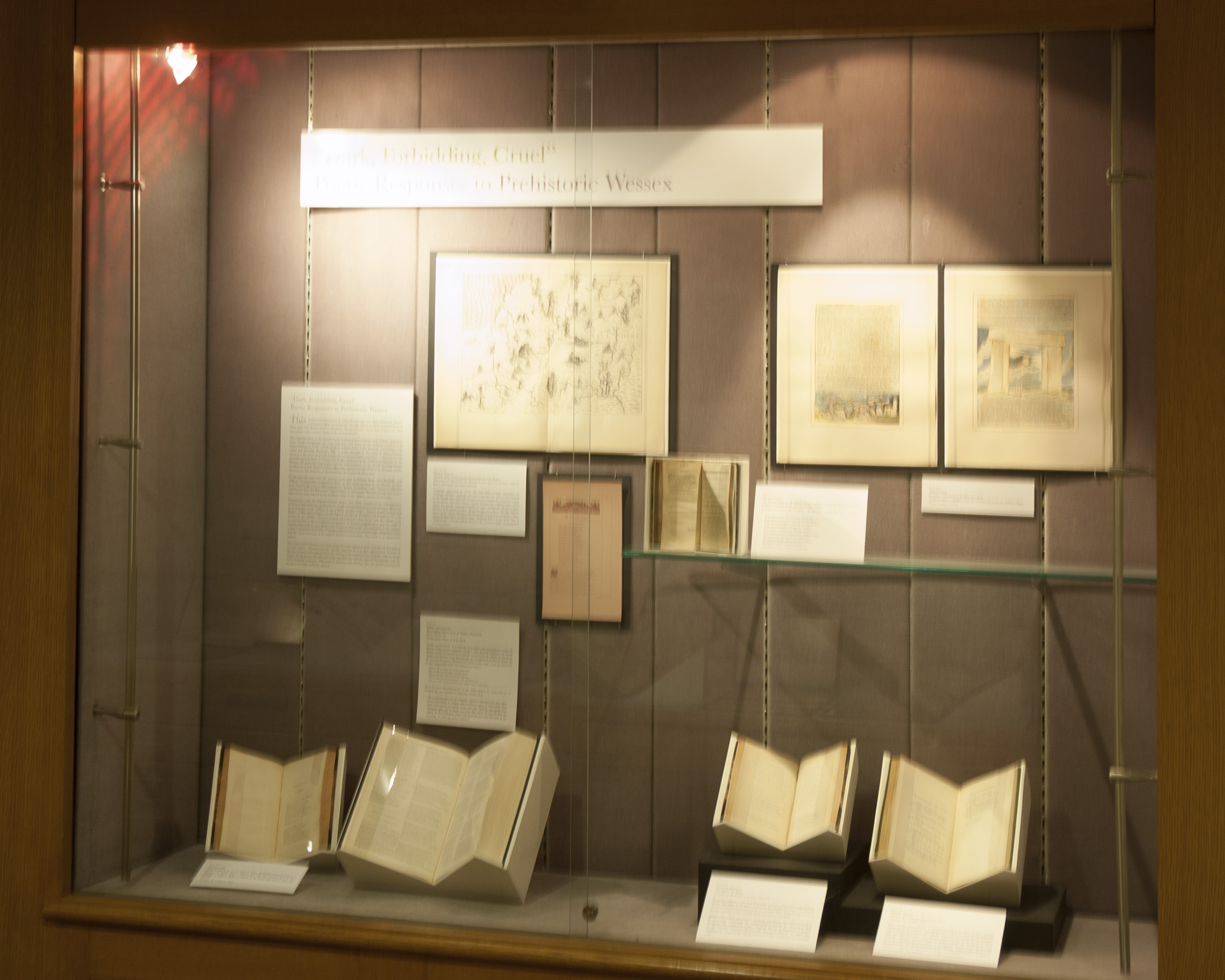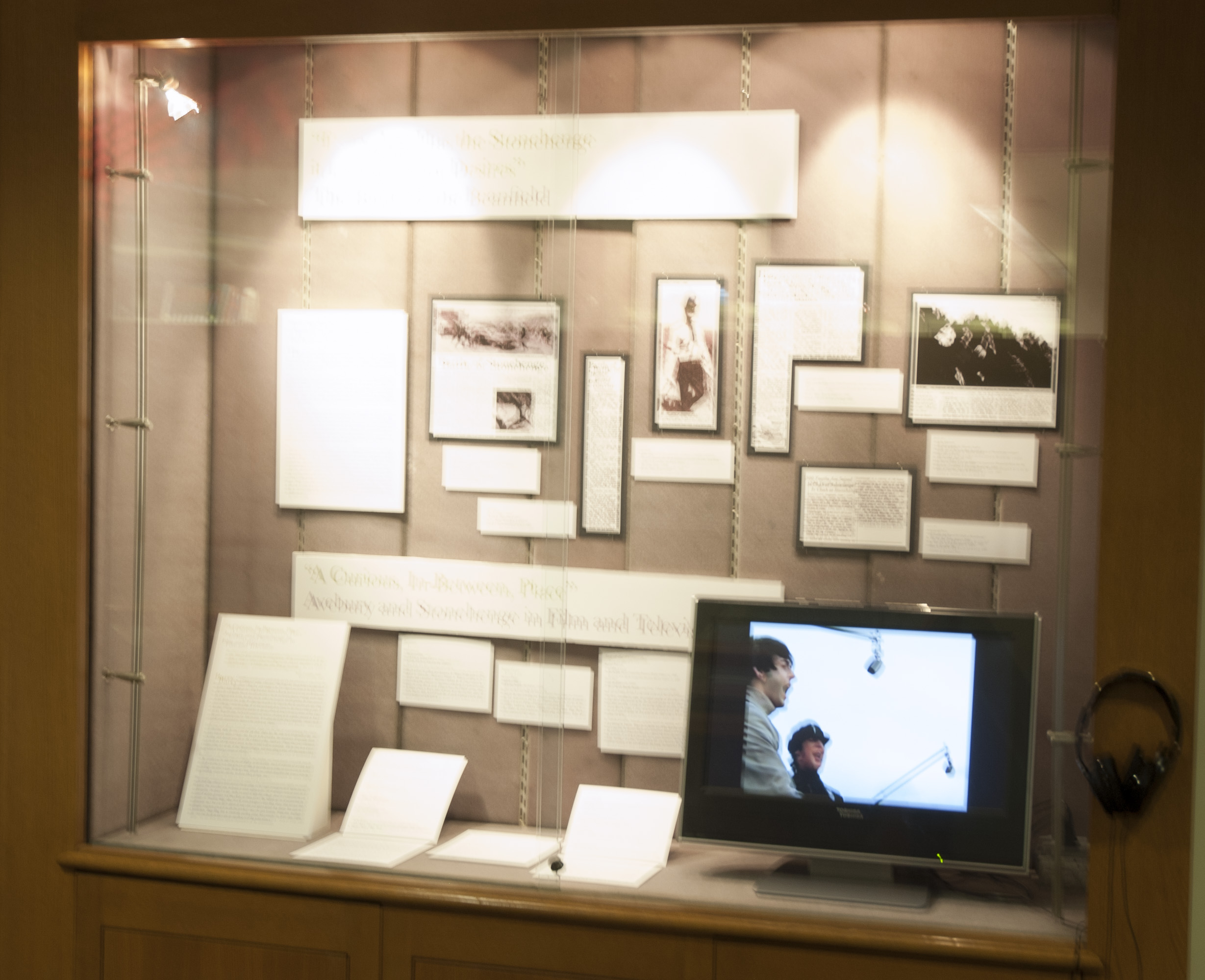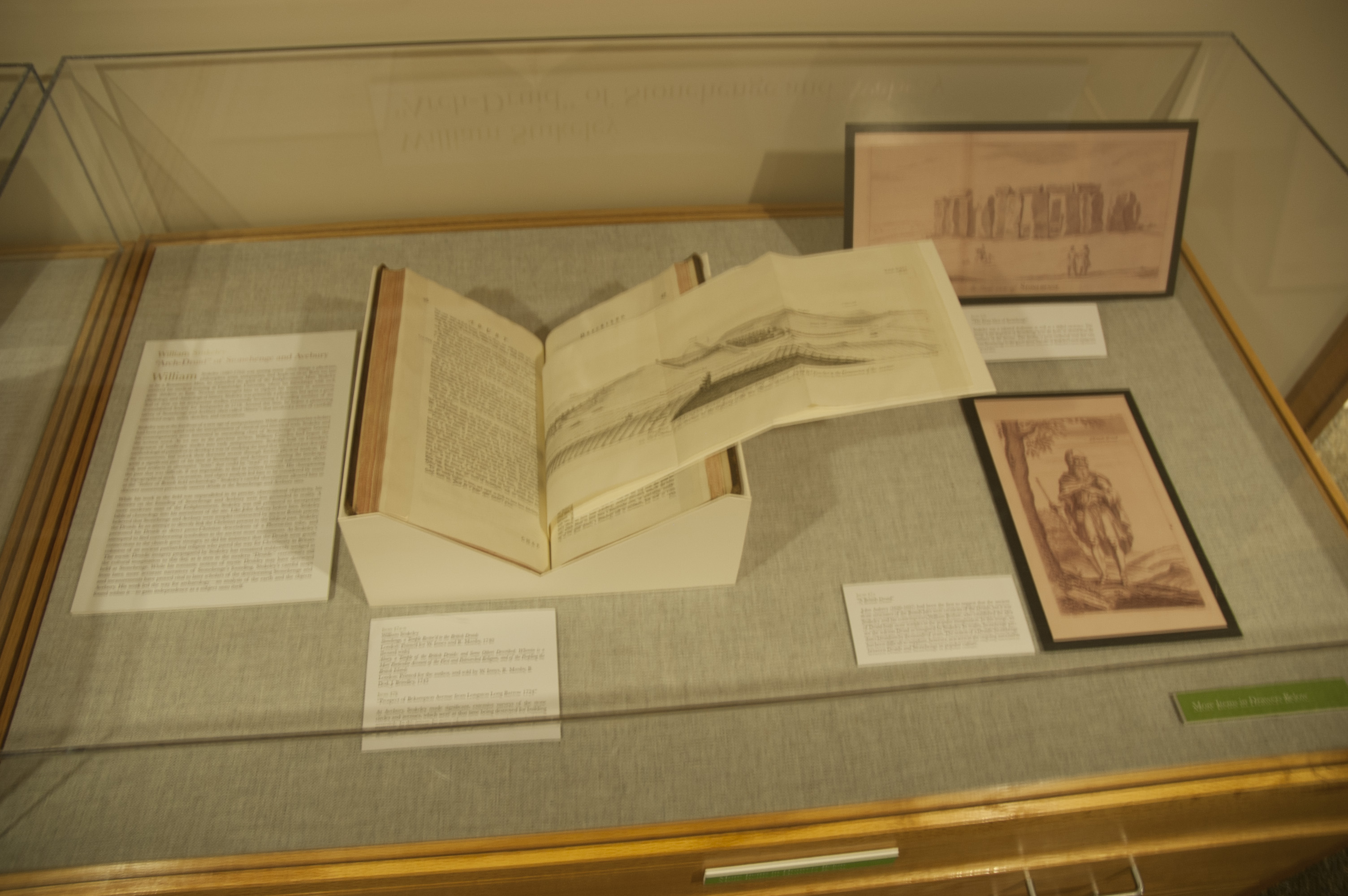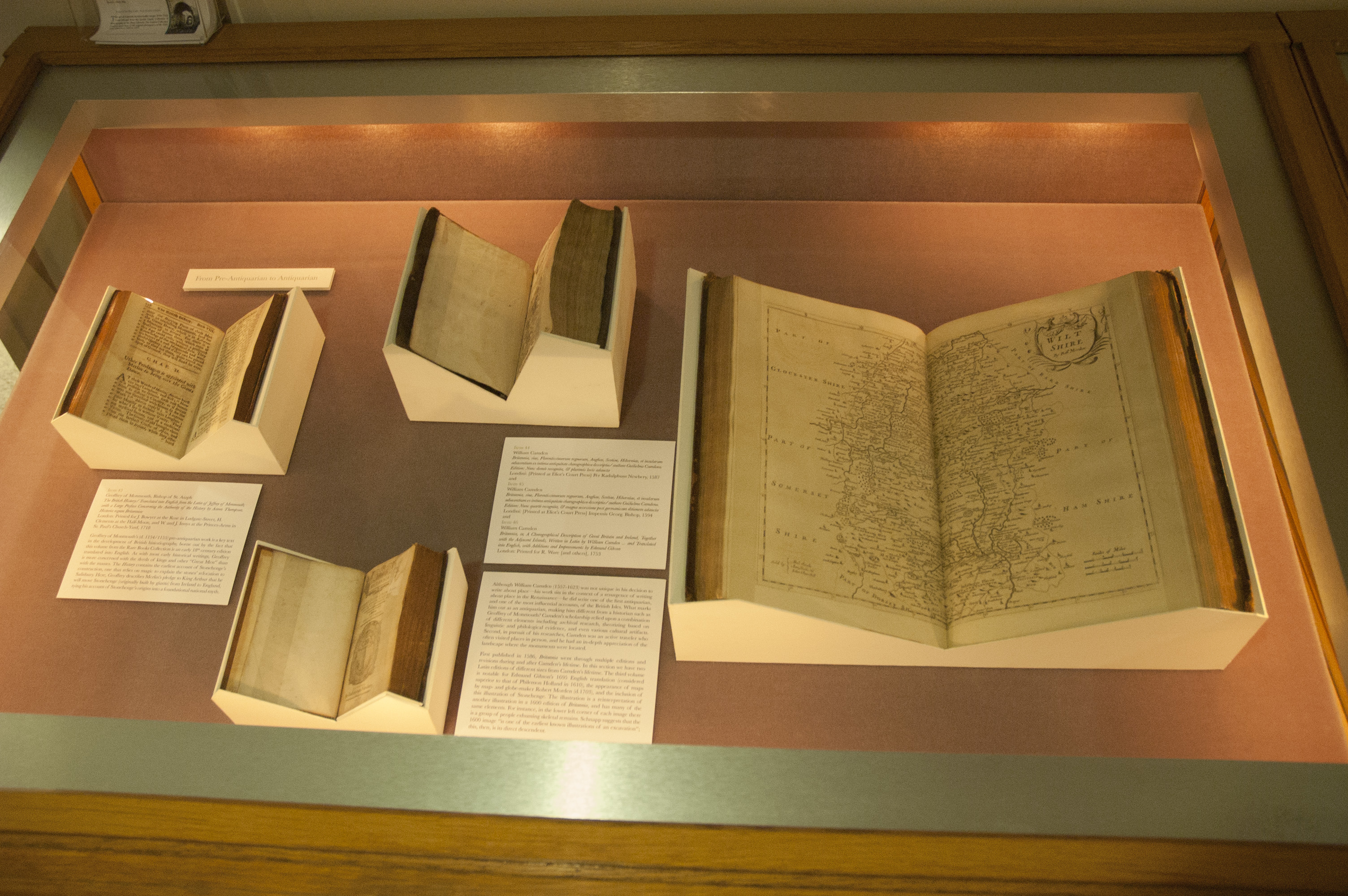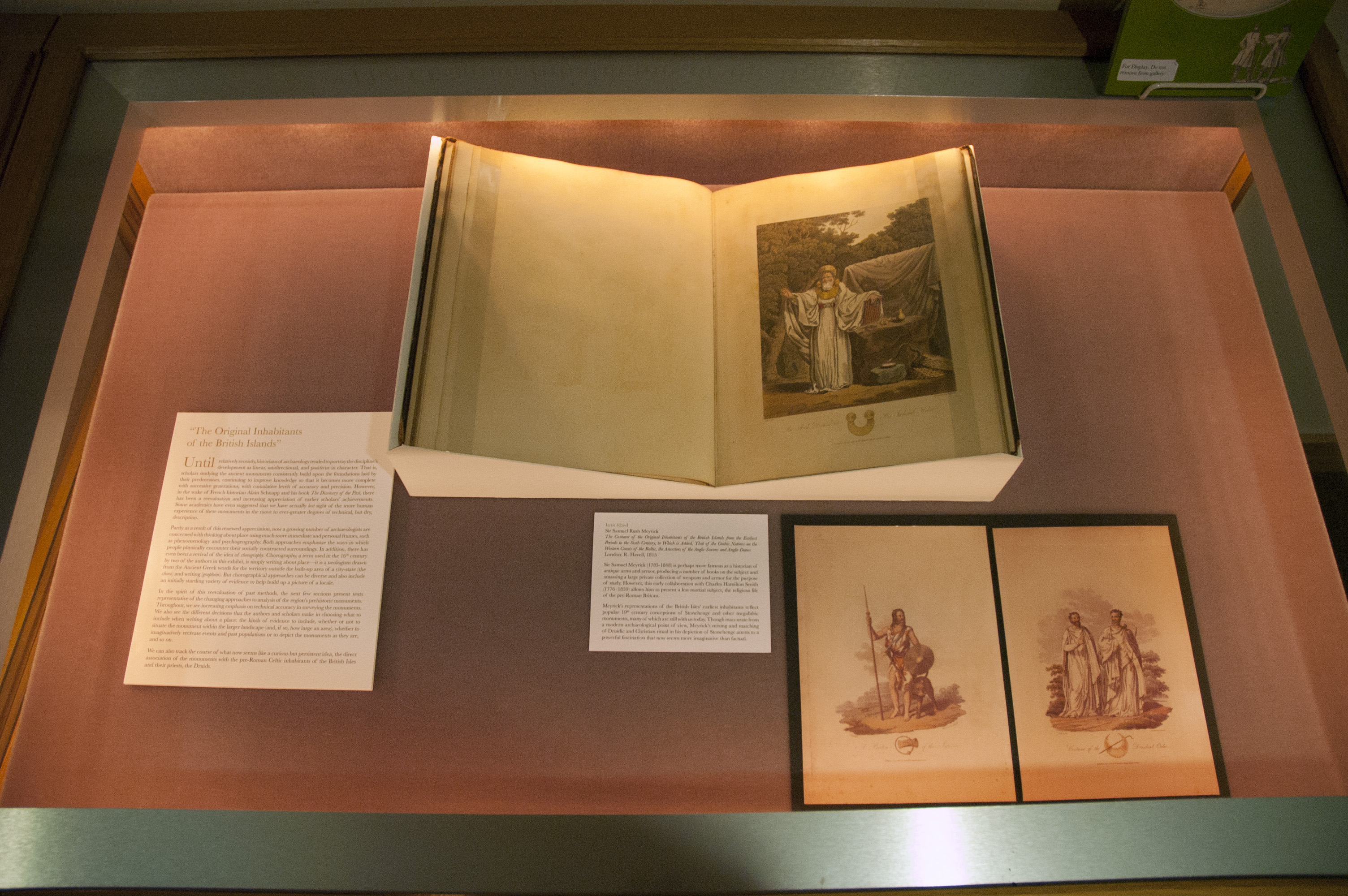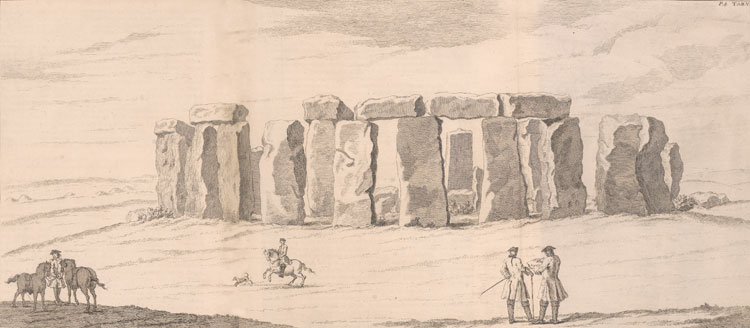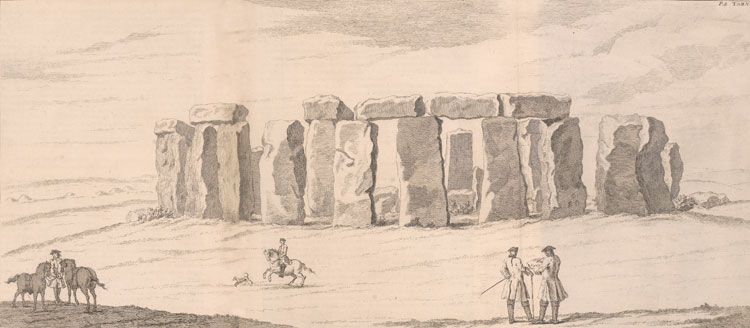
When novelist and poet Thomas Hardy (1840-1928) fictionalized the region of England in which he lived, he revived the name of a long extinct Anglo-Saxon kingdom. His Wessex was a rich combination of past, present, and future, showing traditional rural life under assault from the forces of industrialization. The region's prehistoric monuments play a prominent role in his semi-imaginary geography, helping him to resuscitate in his own time the memory of a bygone agrarian England. The earliest of the monuments date from the Neolithic, a period between roughly 4000 and 2000 BC/ BCE, in which the landscape was first reshaped by its inhabitants in an increasingly complex series of interventions—the creation of long barrows, causewayed enclosures, henges, and avenues that connected key structures. Hardy, reworking an already reworked Wessex, is only the most famous to conceptualize this region.
This exhibit brings together material from Penn's collections to represent a palimpsest of the ideas, images, and descriptions around the monuments that informed Hardy's worldview; it is the beginnings of a deep map of the region, in the tradition of writers such as Wallace Stegner and William Least Heat Moon. It incorporates material from the pre-antiquarian chronicles to the present day, including the technical studies of the monuments made by antiquarians and early archaeologists, poetic interpretations of the landscape in literature and art, and the reimagination of prehistoric Wessex in popular culture (e.g., in cartoons, film, and television).
Prehistoric Wessex: Towards a Deep Map draws on the resources of the Rare Book & Manuscript, Fine Arts, and other Penn Libraries departments, juxtaposing materials from the libraries' diverse collections that both reveal and contribute to the ongoing construction of Wessex in the cultural imaginary.
Wednesday, March 13, 5:30 PM
Opening Talk and Reception
Please join us for a talk by guest speaker Julian Siggers, Williams Director, University of Pennsylvania Museum of Archaeology and Anthropology. A reception will follow in the gallery.
Exhibition Catalog
A full-color illustrated catalog of this exhibition is available at our online web store.
